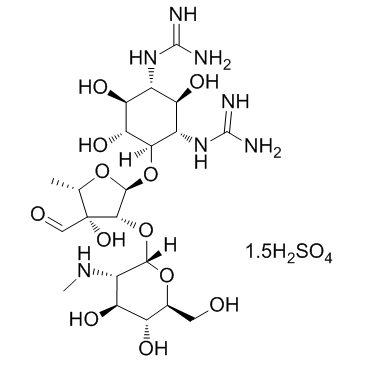| Structure | Name/CAS No. | Articles |
|---|---|---|
 |
chloroform-d
CAS:865-49-6 |
|
 |
ethylenediamine, n-phenyl-
CAS:1664-40-0 |
|
 |
HEPES
CAS:7365-45-9 |
|
 |
Steptomycin sulfate
CAS:3810-74-0 |
|
 |
Salicylaldehyde
CAS:90-02-8 |